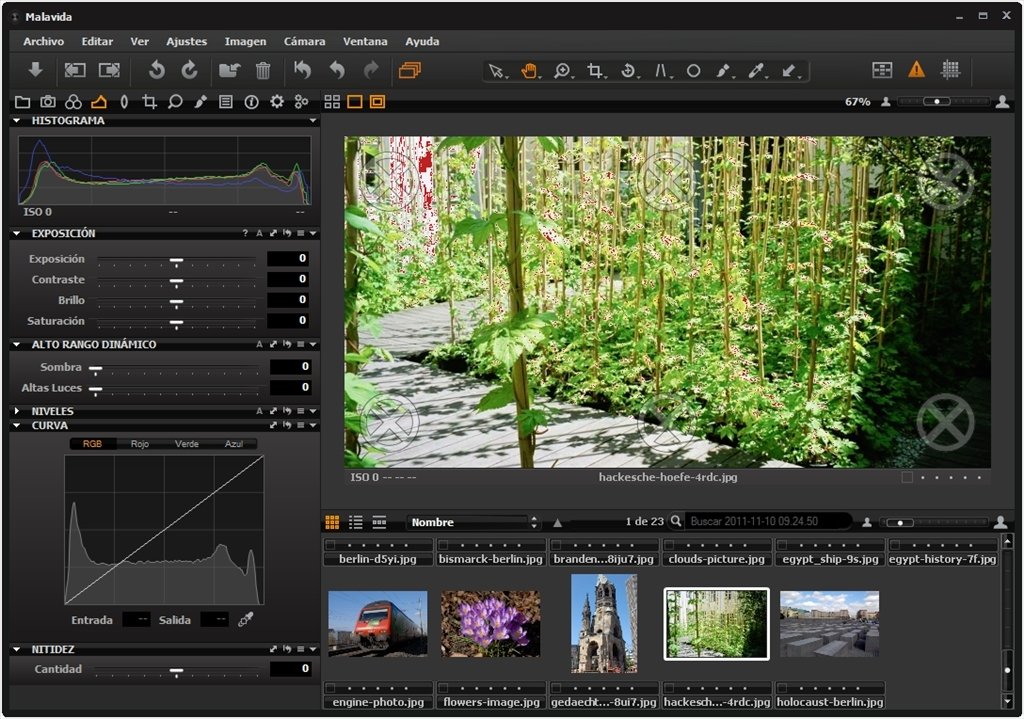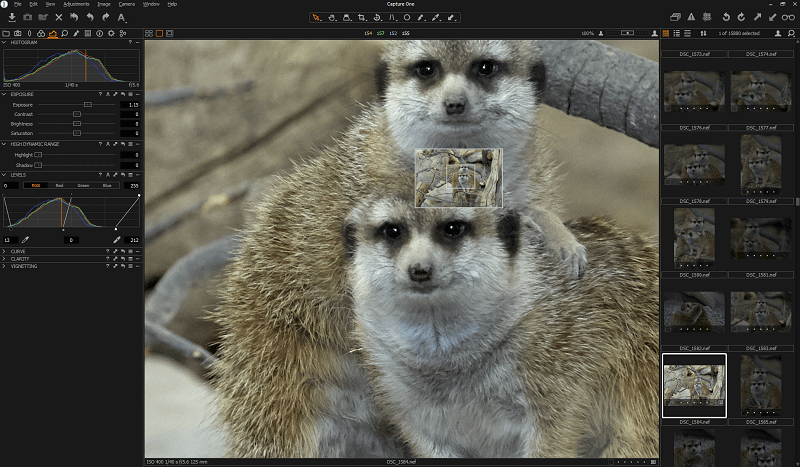
Many Capture One photographers say that the program offers a better experience when linked to a camera, with more reliability compared to Lightroom’s connectivity.

Shooting tethered allows many studio photographers to work quickly and show clients instant previews. Capture One’s lens adjustments are a bit more extensive, with the option to correct even the sharpness fall off that occurs on the edges of a photo, along with the chromatic aberration and vignetting options that Adobe also offers.
#Capture one software review pro#
Detailsīoth Lightroom and Capture One Pro have tools for sharpening an image as well as removing distortion created by the lens. For example, creating a keyword list for wedding photography and a separate list for engagement photography. Capture One Pro also has a keyword tool that makes it easier to add keywords to an image’s metadata, including the ability to create keyword lists that will add several keywords at once. In Capture One Pro, photos are organized in sessions, which are ideal for separating single client sessions, and collections, which is better for larger sets of images. Lightroom can open one catalog at a time, and that catalog is divided into multiple collections and collection sets. Multiple Catalogsīoth Lightroom and Capture One Pro double as RAW photo editors and organization software for all those files - but that doesn’t mean their organization scheme is exactly the same. The same idea applies to how-to tutorials. Capture One Pro has a similar feature called recipes, but as a less popular editor, there are fewer recipes out there. There are more than a few perks to being the most popular kid in town - when it comes to presets, there are no shortage of options for Lightroom.

Photographer Marlon Richardson says that Capture One’s layers options are less powerful than Photoshop but more powerful than Lightroom’s single layer options. Adobe users have to switch from Lightroom to Photoshop to access multiple layer adjustments. Capture One, however, includes the option to create local adjustments on multiple layers. Local Adjustmentsīoth Lightroom and Capture One provide general adjustments that alter the entire image as well as a set of tools for local adjustments to smaller portions of the image. Capture One is compatible with over 400 cameras, but they aren’t quite as quick with those new cameras if you’re not shooting with a Phase One camera. Those individual color profiles may make files look better when first imported, but Lightroom tends to be the first to release support for the RAW format of the latest cameras. Capture One also has a luminance curves adjustment option.
#Capture one software review skin#
In Capture One Pro, the color options include shadow, mid-tone and highlight adjustments for color balance and a channel dedicated just to adjusting skin tones, making it easy to remove skin redness. While Lightroom has the HSL (Hue Saturation Luminance) panel with sliders and RGB curves adjustments, Capture One has a few more ways to manipulate that color.

Many Capture One Pro users have great things to say about the program’s color management. Adjustment options will get similar results from both programs, but the starting point is a bit different. While the files look brighter and more vibrant without adjustments in Capture One, Lightroom is more neutral - after all, some photographers favor softer, more muted color palettes. Lightroom files, however, have a more neutral starting point. Is there any truth to that? What happens is that Capture One has individual color profiles for every camera, so that when the files are imported, you get something that’s pretty close to the preview on the back of the LCD screen. Some Capture One Pro photographers go as far to claim that their photos look better in Capture One, before even touching any of the edits. Join Ben Willmore for the Complete Guide to Adobe Lightroom Classic. How do the two programs fare in the Lightroom versus Capture One debate? Here’s what photographers have to say about both programs.Īutomate your editing. While Lightroom and Phase One offer many of the same tools, the two programs differ in their most advanced features, as well as their organization system and user experience. So what’s the difference comparing Lightroom vs. But Lightroom isn’t the only tool in the box - Capture One Pro is a similar RAW editor and file management system, made by the medium format camera company, Phase One. Adobe Lightroom is arguably the most popular choice, bundled with Photoshop as part of the Adobe Creative Cloud family. A RAW photo is only a starting point - to get those pixels to a final image, you need a RAW file editor, the modern equivalent to a dark room.


 0 kommentar(er)
0 kommentar(er)
